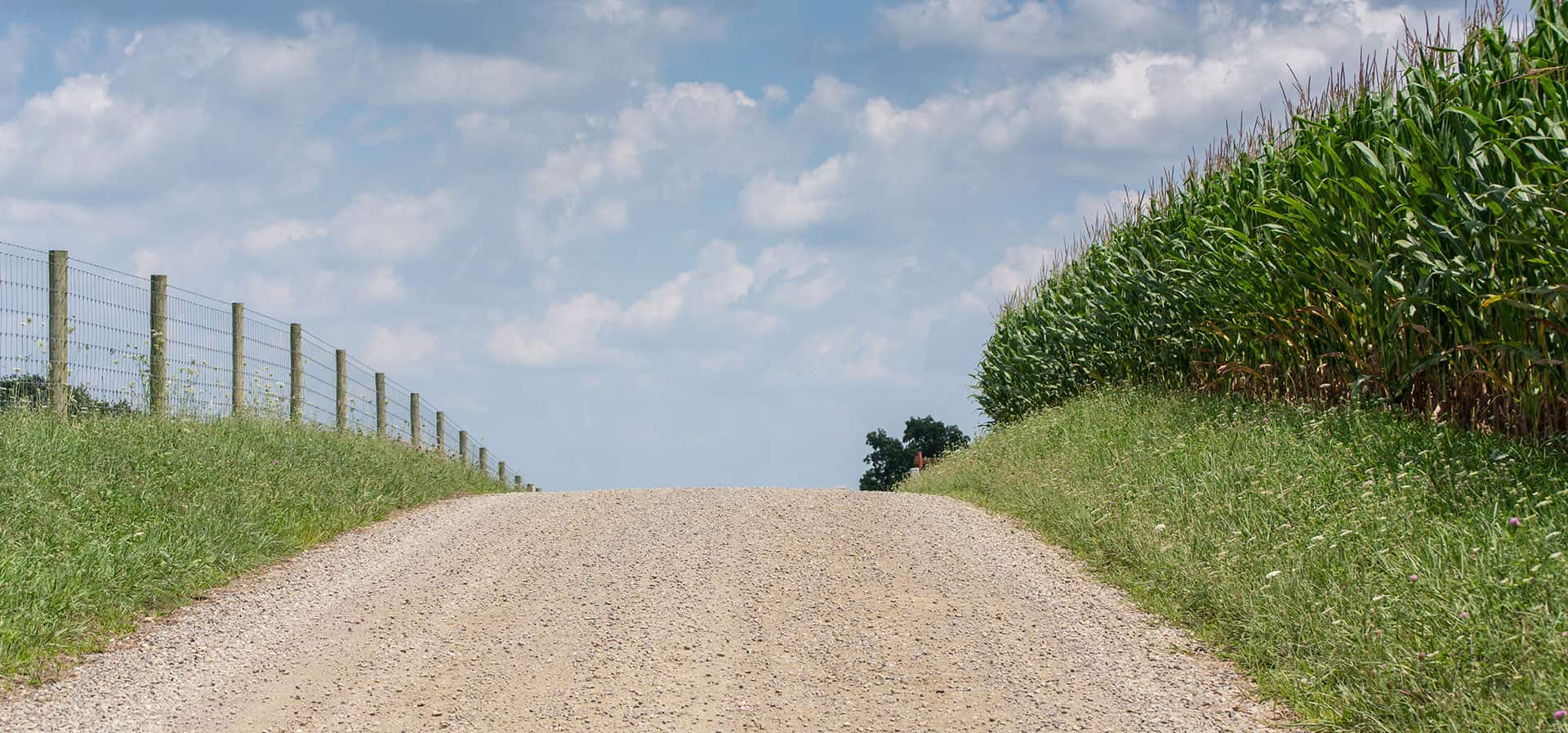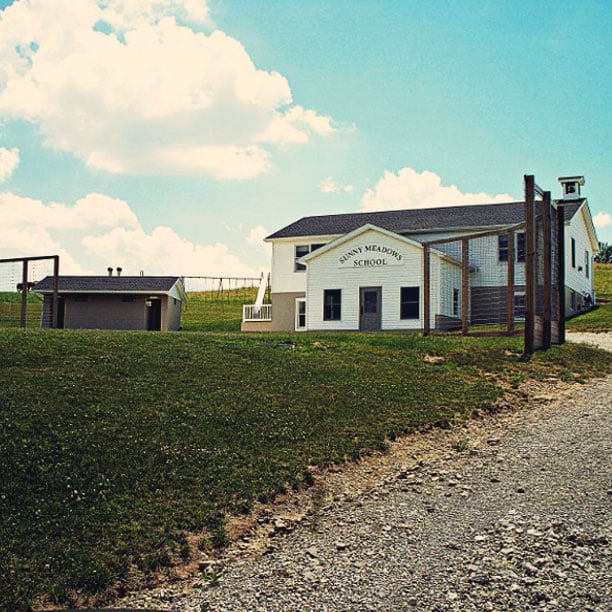If I say, “Amish school,” what do you think of? I’m going to guess that two things pop into your mind. First, that Amish students leave school after eighth grade, and second, that they study in a private one-room schoolhouse with an Amish teacher.
These things haven’t always been true. In fact, before the 1950s, most Amish children attended public schools and learned their lessons alongside non-Amish children. Before the 1930s, this was almost always the case.
In the rural schools, teachers knew the families. Amish parents served on the local school boards and had input into the curriculum they considered appropriate for their children to study. But these things were also true for non-Amish parents. In rural areas, this was the way children went to school, and their parents could decide when it was time for them to leave school. In farming communities, families faced the same needs for help from their children at planting and harvest times and shared a sense of what was essential for children to learn to succeed in the farming life.
The change came when school districts began consolidating—closing one-room schoolhouses and instead transporting children to larger schools in towns, where they were divided into grades. At the same time, states began establishing firmer attendance rules and laws stipulating that students must attend school at least until age sixteen or eighteen. The advantage, in the view of the states, was that the consolidated schools could offer instruction in more subjects, such as art, music, and health.
Now Amish parents had a problem. They had no opportunity to speak into the curriculum, and they had no assurance that teachers would be inclined to understand their concerns.
The schools argued that they were better preparing students for real life in the real world. Amish parents countered that they wanted to prepare their children for eternity, not for the world.
This went on for decades, until finally in 1972 the Supreme Court of the United States ruled that Amish children could end their education at age fourteen.
This is the backdrop for Brightest and Best, the third book in the Amish Turns of Time series. Here’s the back cover copy:
Ella Hilty’s deepest desire is to marry Gideon Wittmer and be a mother to his three children. But before the betrothal and ceremony take place, Ella’s 1918 Ohio Amish community gets caught in a storm of controversy when English government authorities dictate that Amish children must attend consolidated public schools rather than their one-room schoolhouse.
English schoolteacher Margaret Simpson had given up thoughts of marriage years ago, and she’s content with her peaceful life. But a budding romance and conflict with the neighboring Amish community lead Margaret down a path that she never expected.
Citing freedom of religion rights, Amish parents stand their ground against progressive English laws that threaten to erode their culture and beliefs beyond recognition, but their stance doesn’t come without consequences. Where is the balance between submission to God and submission to a God-ordained government that endangers the church?
Soon Margaret puts her last chance for romance at risk for the only choice her conscience can abide, and all eyes turn to Ella to bring unity to the Amish and understanding to the English.
Brightest and Best released August 1, 2015. Previous titles in the series are Wonderful Lonesome and Meek and Mild.
In addition to the Amish Turns of Time series, Olivia Newport has also written the Valley of Choice series, three Amish novels with intertwining historical and contemporary story threads.


